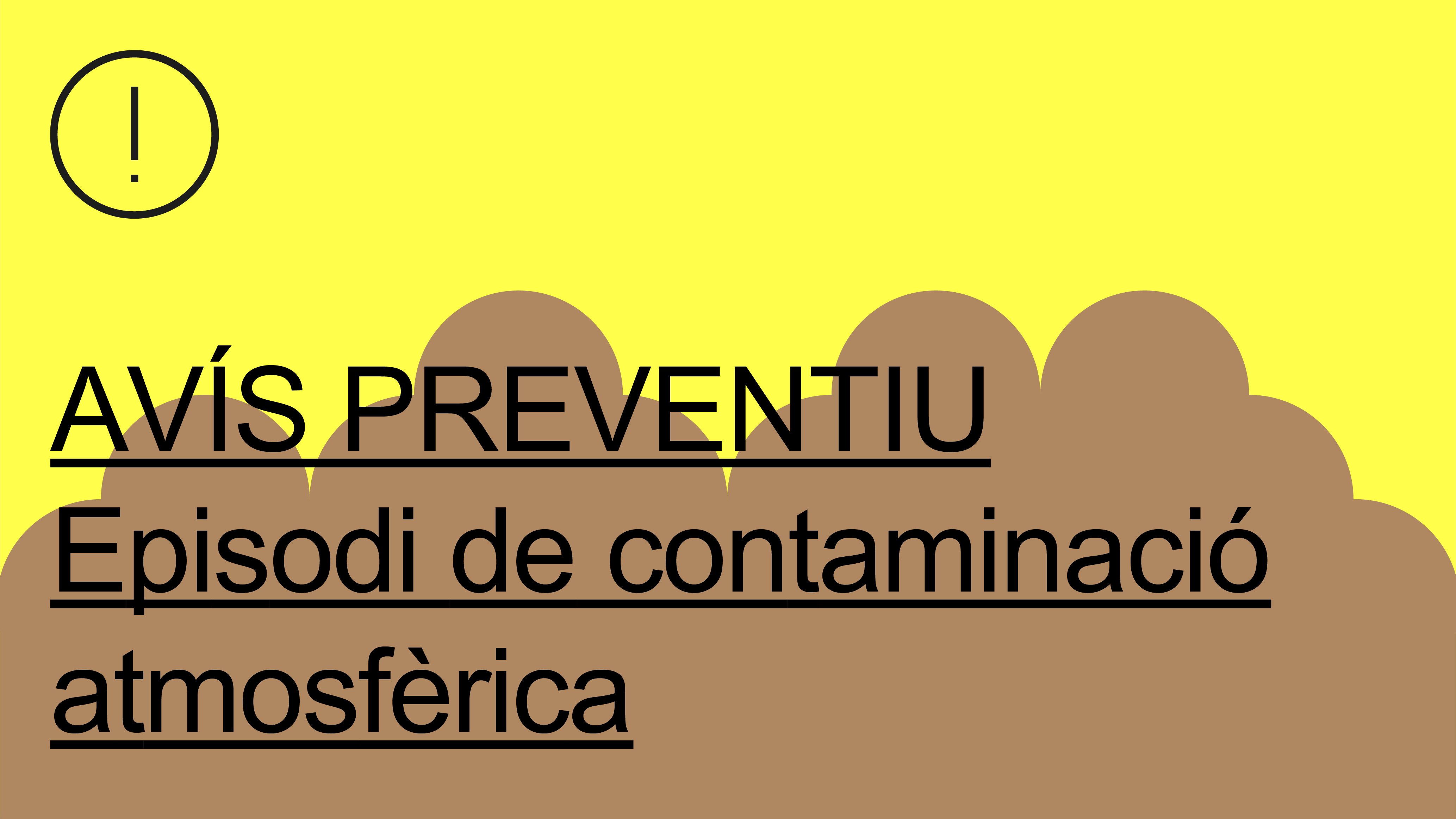- Home
- / Latest news
- / Activation of preventative warning stage for high levels of PM10
Activation of preventative warning stage for high levels of PM10
31/07/2024 - 12:32 h
As of Wednesday, 31 July the Government of Catalonia’s Directorate-General for Environmental Quality and Climate has activated the preventative warning stage for high levels of PM10 in the Barcelona area. The City Council has activated a series of measures to tackle the pollution.
The Air Pollution Monitoring and Forecasting Network in Catalonia (XVPCA) has recorded high levels of particulate matter with a diameter inferior to 10 micrometres (PM10). Given the situation, Barcelona City Council has activated a series of recommendations for the public to help improve air quality and avoid generating more particulate matter.
Recommendations to improve air quality
People are advised to use public transport or get around on foot or by bicycle, making use of streets with lower volumes of traffic. If there is no other option, car sharing or the use of vehicles with lower emissions is possible. At the same time, drivers are encouraged to drive more efficiently (gradual acceleration, lower speeds, use gears to slow down, avoid abrupt acceleration and braking etc.).
People are also advised to adjust home heating or cooling systems and to be particularly aware of the effects of air pollution, changing sports routines to the times of day when pollution levels are lower, in the evening or at night.
Municipal operation activated
The City Council is also carrying out pre-established action, such as intensifying the watering down of streets with the most traffic, watering down unpaved parks and avoiding the use of air blowers. Those in charge of work sites are also being warned to comply with environmental measures accordingly.
What is particulate matter (PM10) and where does it come from?
Particulate matter of less than 10 micrometres in diameter describes solid or liquid micro particles which float in the air. Up to 40% is generated by motors, tyres and vehicle brakes. The rest comes from dust generated on worksites and demolition sites, as well as clouds carrying dust from the Sahara.


